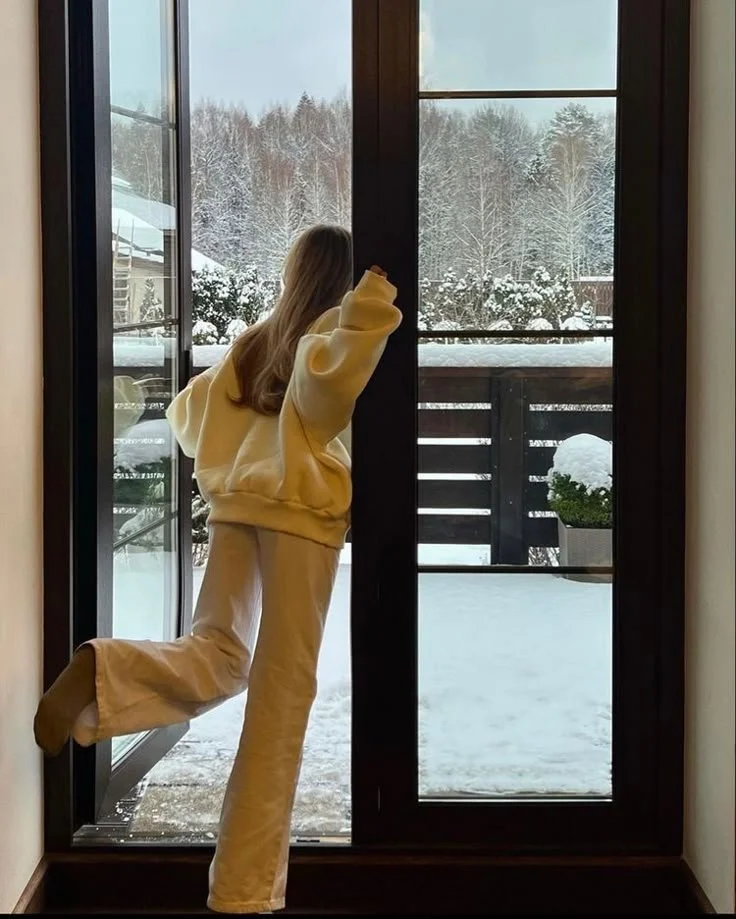What Should You Do If You Have No Hot Water
Few things are more frustrating than stepping into the shower expecting a warm stream—only to be met with an icy blast. Losing access to hot water can disrupt your daily routine, affect your comfort, and even impact your health. Whether the issue stems from a faulty water heater, a power outage, or a plumbing problem, resolving it quickly is essential for restoring normalcy in your home.
Fortunately, many hot water issues can be diagnosed and even fixed with a bit of guidance. In this article, we’ll walk you through the most common causes of hot water loss and provide practical steps to troubleshoot the issue. From simple checks to knowing when to call in the professionals, here’s what to do when your home suddenly runs cold.
No. 1
Check the Basics First
Before jumping to conclusions or assuming the worst, start with the most obvious possibilities.
Is the water heater turned on? Many units have a dedicated on/off switch or a breaker in your electrical panel. If the breaker has tripped or the switch is off, simply resetting it may restore hot water.
For gas water heaters, check the pilot light. If it’s gone out, you’ll have no hot water. Fortunately, relighting the pilot light is usually straightforward—just be sure to follow the manufacturer’s safety instructions carefully.
These basic checks can often resolve the issue without the need for professional intervention.
No. 2
Inspect the Thermostat Settings
Sometimes, the problem lies in something as simple as incorrect thermostat settings.
Locate the thermostat on your water heater and check the current temperature setting.
The ideal temperature is typically around 120°F (49°C).
If it’s set too low, increase the setting slightly and wait to see if the water heats up.
A thermostat that’s accidentally been turned down or reset during maintenance can easily go unnoticed, so it’s worth confirming this before exploring more complex issues.
No. 3
Look for Leaks or Obvious Damage
Leaks in or around your water heater can lead to pressure loss and reduced hot water availability.
What to look for:
Water pooling beneath the unit
Corrosion or rust around valves and fittings
Unusual sounds like banging, popping, or hissing
These signs could indicate internal damage or a failing component. If you notice any of these issues, it may be time to consult a professional.
Lowe’s
Keep the hot water flowing with reliable water heaters from Lowe’s.
Comfort, efficiency, and peace of mind—because every home deserves it.
No. 4
Flush the Water Heater Tank
Over time, sediment and mineral buildup can collect at the bottom of your water heater tank, reducing its efficiency and even causing it to stop working.
Flushing the tank involves:
Turning off the power or gas supply
Draining the tank completely
Refilling it with clean water
This process can restore performance and extend the lifespan of your unit. Many homeowners can perform a flush themselves by following proper safety guidelines, but if you're unsure, it's best to call a technician.
No. 5
Consider the Age and Condition of Your Water Heater
If your water heater is 10–15 years old or more, it may be nearing the end of its useful life.
Older units are more prone to:
Frequent breakdowns
Reduced energy efficiency
Higher maintenance costs
In such cases, repairing the unit may only offer a temporary fix. Upgrading to a newer, energy-efficient model could save you money in the long run and ensure a more reliable hot water supply.
No. 6
Call for Professional Help
If you’ve gone through the basic troubleshooting steps and still have no hot water, it’s time to call in the experts.
Reasons to consult a professional include:
A broken heating element
A faulty thermostat
Internal tank leaks
Electrical or gas line issues
Attempting to fix these problems yourself can be dangerous, especially when dealing with gas or electrical components. In urgent situations, seeking emergency water heater repair is crucial. Prompt professional intervention can prevent further damage, minimize downtime, and restore your hot water quickly and safely.
No. 7
Temporary Alternatives
While waiting for repairs, you may need to find temporary solutions to get by.
Here are a few ideas:
Boil water on the stove for washing dishes or sponge baths
Use a kettle to heat water for quick showers
If the issue is due to a power outage, consider using camping shower bags or a backup power source
These stopgap measures can help maintain hygiene and comfort until your hot water is restored.
Takeaways
Having no hot water at home is more than just an inconvenience—it can disrupt your entire routine. Thankfully, many common issues can be resolved with a little troubleshooting. From checking your thermostat and pilot light to flushing the tank or identifying leaks, these steps can help you get to the root of the problem quickly.
However, when in doubt—or when the issue involves complex components—don’t hesitate to call a professional. Timely repairs or replacements not only restore comfort but also protect your home from further damage.
Whether it’s a simple fix or a sign that it’s time for an upgrade, addressing hot water issues promptly ensures your home stays functional, comfortable, and safe.
Looking for HOME resources?
Looking to enhance your living space and create a sanctuary that supports your well-being? Explore our home partners who offer a wide range of resources to elevate your home environment.































